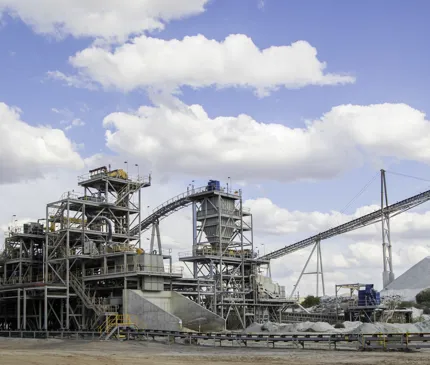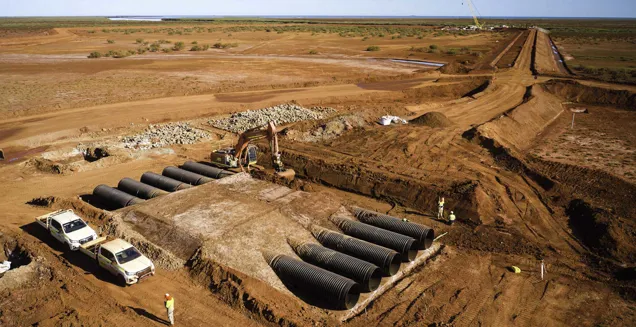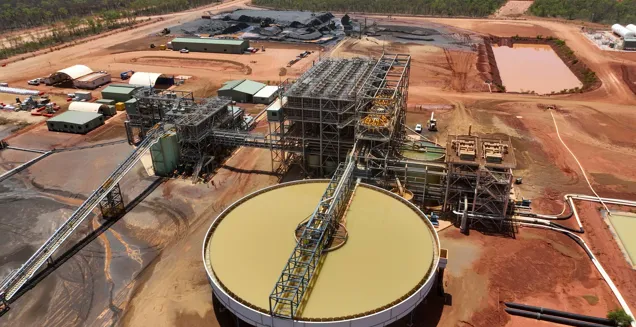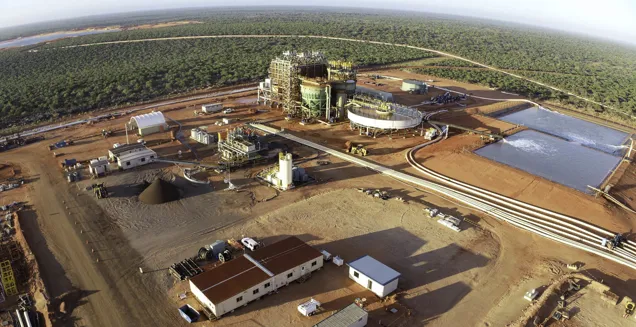Pilbara Minerals
P680 Expansion
The Pilbara Minerals Limited P680 expansion project, is a lithium resources mine supported by a $125 million loan from the Northern Australia Infrastructure Facility (NAIF).
Investment Decision
September 2022
Sector
Resources
Location
Pilbara region, Western Australia

LOAN DETAILS
NAIF LOAN AMOUNT UP TO
$125m
TOTAL PROJECT VALUE
$404m
PUBLIC BENEFIT
$1.4bn
FORECAST JOBS
675
Project Status
Financial Close
About Pilbara Minerals
Pilbara Minerals is an ASX50 listed company, owning 100% of the world’s largest, independent hard-rock lithium operation. The company was founded in January 2005 as Portland International. It operates the Pilgangoora Project, located 120 km from Port Hedland, Western Australia, which includes two processing plants: the Pilgan Plant and the Ngungaju Plant. From this project, the company produces predominantly lithium and tantalum.
The company is located in Western Australia’s resource-rich Pilbara region, where their Pilgangoora Operation produces spodumene and tantalite concentrates. While their operation continues to deliver a quality product to market, they are pursuing a growth and diversification strategy to become a sustainable battery materials supplier. Their business is being fuelled by the increasing demand for clean energy technologies, such as electric vehicles and energy storage, as the world pursues its net zero ambition.
Project Overview
Pilbara Minerals will receive a $125m, 10-year NAIF loan to support the expansion of its Pilgangoora operation in the Pilbara region of Western Australia.
The NAIF loan will facilitate the construction of:
- the P680 Project expansion to the Pilgan Plant to deliver an additional 100,000tpa of spodumene concentrate production, and
- the 5Mtpa crushing and ore sorting facility, that will replace the existing contracted crushing facility and will enable future expansions that could ultimately deliver up to 1Mtpa of spodumene concentrate capacity across the entire Pilgangoora operation.
- The NAIF loan will be provided alongside a loan from Export Finance Australia for the US$ equivalent of $125m, bringing the level of support from the Australian Government to $250m. Both new loans will rank alongside commercial bank financing for Pilbara Minerals.
In supporting the Pilgangoora expansion, the loans assist in increasing Australia’s production capacity of spodumene concentrate, a key raw material for lithium-ion batteries, and an important element in Australia’s offering as a globally trusted supplier of critical minerals. This supports the world’s transition away from non-renewable energy sources.
The project is estimated to create 355 jobs annually in the first two years of construction and an additional 320 jobs each year during the operational life of the mine.
Public Impact
Independent analysis has forecast that the Project will have a positive impact of $1.4bn to the northern Australia region over the 18-year life of mine modelled. This is a x11 public benefit ratio to the loan amount. This will primarily be in the form of boosting Gross Regional Product in the Pilbara region.
Related Links
Indigenous Engagement
Traditional owners of this land
- Ngarluma, Mardudhunera, Yaburara, Yindjibarndi, and the Wong-Goo-Tt-Oo
The Nyamal and Kariyarra People are the Traditional Owners of the lands on which the Pilgangoora P680 Expansion project is located.
Nyamal country traditionally covers an area east of the coastal Kariyarra country, inland from the town of Port Hedland Western Australia. It encompasses the towns of Marble Bar and Nullagine and runs north past the Oakover River to the borders of Manyjilyjarra, Warnman, Nyangumarta and Ngarla country and south past the Shaw River.
The Kariyarra people traditionally lived around the town of Port Hedland area in the north-west of Western Australia; from Port Hedland west to the Sherlock River and south to the Yule River. The Kariyarra country is bound by Ngarla country to the north, Nyamal to the east and Ngarluma to the southwest.
Indigenous Engagement Strategy Commitments
- Pilbara Minerals is committed to fostering a strong relationship with the Indigenous community. The Company will continue to consult with the Native Title Representative Bodies (NTRBs) in key decision-making concerning the Project and participate in Cross-Cultural Awareness (CCA) activities.
- Pilbara Minerals employs two Aboriginal Liaison Officers at its Pilgangoora Operations. This role is filled by an Indigenous person who is supported by Nyamal.
- Pilbara Minerals has given Nyamal Aboriginal Corporation (NAC) preliminary written notice of any upcoming tenders for contracts or work packages relating to the operation and/or construction associated with the Project. Preference will be given to tenders from Indigenous contractors as long as these tenders are competitive, and the scope of work is within the capabilities of the tenderer.
- Successful major contractors will report on the value of contracts spent with Indigenous suppliers, the number of hours worked by local Indigenous people, and the type of employment. Pilbara Minerals will give NAC written notice of any forecast or vacant opportunities for employment arising in connection with the Project. Contractors are expected to use reasonable endeavours to implement strategies to maximise employment and contracting opportunities.
- Pilbara Minerals will manage its responsibilities in accordance with the protocols outlined in its Nyamal Native Title Agreement (NTA) and through its Cultural Heritage Management Plan (CHMP). Outcomes of the engagement with the Nyamal People and Kariyarra People will be published annually in Pilbara Minerals’ annual report and on its website under community investment.
- The Company will continue to schedule annual Implementation Committee Meetings (ICM) with the Nyamal People. This continued commitment is expected to build a strong, respectful, and mutually beneficial relationships with the Indigenous community.


